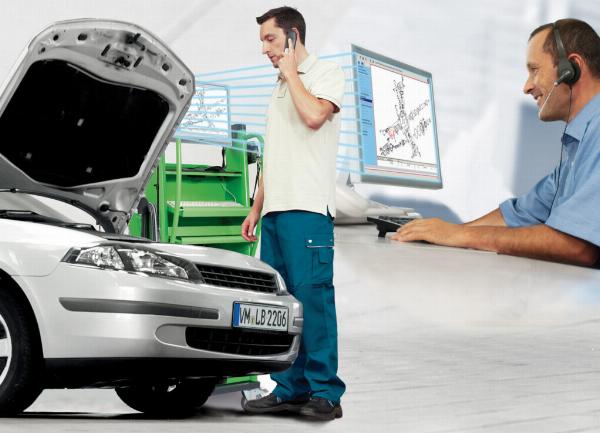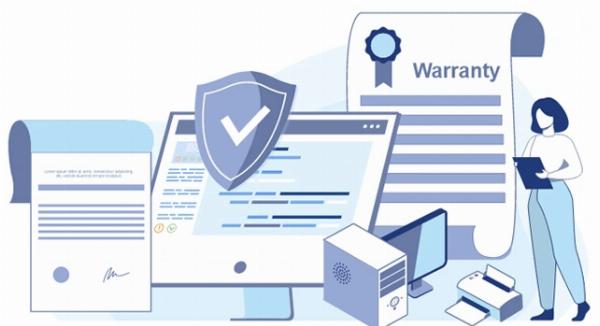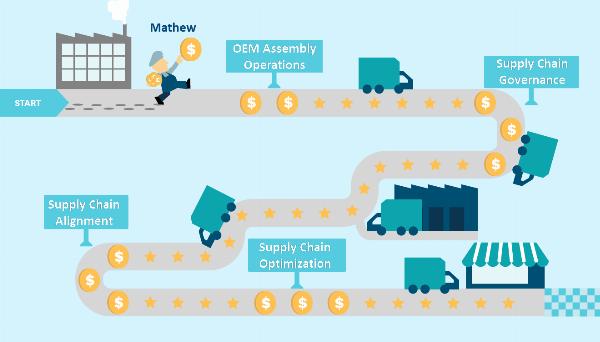 Topic Cluster Planning – Boost Topical Authority Like a Pro!
Topic Cluster Planning – Boost Topical Authority Like a Pro!
Spare Parts Forecasting: Challenges, Importance and Future
Written by Robert Wilson » Updated on: June 17th, 2025

Spare parts forecasting has changed tremendously and built better coordination between Original Equipment Manufacturers (OEMs) and dealers. The demand and supply of spare parts are associated with great uncertainty, often resulting in stockouts or overstocking. There are specific categories that spare parts are divided into based on their demands to combat this uncertainty, but in most cases, this does not help either.
Running out of necessary spare parts during high demand can delay the repair and increase downtime. This can negatively impact the brand image as well as the company’s relationship with its clients. Let us understand how spare parts forecasting can impact the performance of OEMs and dealers along with the changing dynamics of customer relations.
What is Spare Parts Forecasting?
Spare parts forecasting is not just having replacement parts or new parts available in the inventory; it is much more than that. Effective spare parts demand forecasting includes proactively communicating with suppliers and dealers to understand inventory needs and acting accordingly. It also consists of understanding the pattern in sales data from the past and managing inventory by anticipating upcoming demand.
What Led OEMs and Dealers to Implement Spare Parts Forecasting?
The automotive industry has seen tremendous changes over the years, and with changing customer needs, spare parts planning has become even more challenging.
1. Demand Based on Location
Based on the geographical location of a dealership, there is a chance of a difference in demand for spare parts. For example, if we compare the dealerships in two locations—a rainy and hilly region—the demand for spare parts will be different. The dealership in the hilly region sells and stocks more tires, whereas a rainy region will have more wipers stocked in their inventory.
2. Changing Customer Trends
With time, customers have become more aware of their needs and have adopted more sustainable practices. Rather than buying new cars, customers look at the dealerships with a new outlook by purchasing used cars, borrowing, leasing, carpooling, and much more. OEMs and dealers are transitioning through this change while cutting their production and inventory costs.
3. Production at Full Capacity
Manufacturers have been producing spare parts at their full capacity in an attempt to keep managing their costs. Due to this, they have been producing cars at a lesser rate to keep up with the losses. Due to this method, dealers often end up with cars that are not in demand and are difficult to sell due to their limited engine type.
4. Overstocking and Understocking
a. Overstocking parts that do not sell quickly doesn’t just take up space on dealers' shelves; it also takes up space for storing parts that are in demand. It also increases the percentage of parts that accumulate to aging parts that stay on the shelf for too long, affecting their quality. Dealers also have to manage the inventory costs of overstocked parts.
b. Understocking spare parts can majorly affect your relationship with your customers and your brand’s reputation. Without the right quantity of parts, placing an order for less quantity can take and cost a lot more than usual. This will automatically drive the customer to another dealership to minimize downtime of their equipment and also explore their options.
5. Zero Kilometer Cars
The changing dynamic of customer trends has made dealerships come up with innovative ways to get rid of unwanted cars taking up their inventory without much loss. New cars with low mileage are advertised as old cars and sold at a 20 to 30 percent lower price.
Why is Spare Parts Forecasting Important?
1. Customer Retention
With the help of an efficient inventory forecasting technique in place, dealers can reduce downtime and serve the customers better. This helps in increasing the accountability, resulting in better customer retention.
2. Improved Efficiency
With the help of efficient inventory management, the overall efficiency also increases. With better efficiency, OEMs and dealers can accommodate more time for customer service and maintain better relationships with suppliers.
3. Reduced Cost
Excess inventory management has high maintenance costs, which often limits dealerships from stocking large quantities of parts that are in demand. With the help of efficient spare parts management, dealers can ensure that parts are available at the time of need and downtime is significantly reduced.
4. Better Risk Management
Sudden hikes in demand and disruptions in the supply chain can easily be detected with the help of predictive models. This prepares dealers as well as OEMs to take the necessary steps.
Future of Inventory Management
With time and changing needs, inventory management systems had to be optimized for maximum efficiency. The future of inventory management has more than just predictive inventory management software and AI; it has the potential to be much bigger than any other industry.
1. Sustainable Supply Chain
Sustainability will be the definite future of inventory management that strives for a net-zero supply chain.
2. Smart Inventory Forecasting
With the help of smart inventory forecasting, OEMs and dealers will be able to avoid stockouts and overstocking. With accurate data and forecasting, future demands can be accurately predicted.
3. Image Recognition
Image recognition technology is all set to revolutionize the industry with the help of special cameras and software. Dealers and OEMs will be able to significantly reduce downtime and improve operational efficiency.
4. Data Safety and Security Measures
With more data in software and the private internet of different devices, data protection will become an important issue. Advanced encryption, better cybersecurity, and sensitive data will be safely protected with the help of secure measures.
Final Word
Innovative spare parts management software and technology have transformed the traditional ways of manufacturing as well as inventory management. Upgrading the conventional methods to keep up with changing customer demands and needs is crucial to staying in competition. The automotive industry is yet to see several changes in the coming years that are more inclined toward a sustainable future.
In the coming future, supply chains will work towards maximum efficiency to minimize wastage. The cost aspect of the industry is set to be competitive with a reduced impact on the environment. By the year 2034, the world will witness more cost-effective, customer-centric, and environmentally sustainable changes in the automotive industry.
Note: IndiBlogHub features both user-submitted and editorial content. We do not verify third-party contributions. Read our Disclaimer and Privacy Policyfor details.
Copyright © 2019-2025 IndiBlogHub.com. All rights reserved. Hosted on DigitalOcean for fast, reliable performance.

















